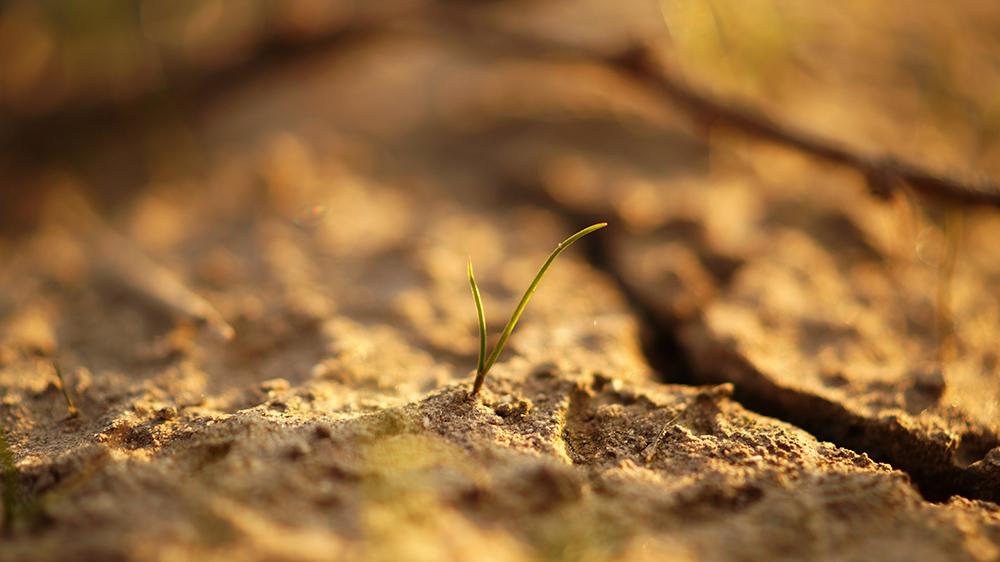Common Soil Problems

Unhealthy soil causes poor plant performance. Correct soil deficiencies in your garden before you plant. Common soil problems are:
• Compaction
• Drainage
• Erosion
• pH
• Lack of air
• Too much or too little water
Evaluating your soil and making adjustments prior to planting saves time and money and results in a healthier, more beautiful landscape. The health of your soil determines the health of your plants.
Improving your soil:
Test first
The best way to check the fertility of your soil is to test it. Learn more about Evaluating Soil: Get to Know Your Soil.
Compaction
Foot traffic and heavy equipment crush the soil’s pores. When soil becomes compacted, the pore spaces collapse, adversely affecting the movement of air and water through the soil.
To manage compaction:
• Tread lightly to avoid compacting the soil.
• Soil should not be dug until it is sufficiently dry enough to crumble when worked on.
Drainage
With good drainage, there is less chance of runoff, nutrient loss and soil erosion. Well-drained soil means plants are less stressed and therefore less susceptible to disease. Learn more about soil structure and how to test your drainage.
To improve drainage:
• Add organic matter to improve pore space and build up available organic carbon.
• Compost, organic mulches, living plants, and cover crops are examples of organic matter that improves drainage, water holding capacity, nutrient retention, and plant root growth.
Erosion
Soil erosion is the removal of the upper layer of soil. Erosion most often occurs on slopes, bare soil, and near downspouts or other places in the landscape where water rushes onto or over the land. The removal of the nutrients, water, and air plants need makes it difficult for plants to survive and grow. Erosion is a natural process caused by storms, water, wind, plants, animals, and often humans. Learn more about gardening on a slope.
To reduce erosion:
• Add compost to the soil to help replace those lost nutrients.
• Add three inches of mulch each year.
• Planting a cover crop can give a boost to your soil.
• Placing crushed stone, wood chips, and other similar materials in heavily used areas can also protest against erosion. Keep soil covered with groundcovers, mulches, or cover crops.
Soil pH:
It’s important to know the soil’s pH because it influences the availability of nutrients to plants growing in the soil.
To adjust pH:
• Replenish the soil each gardening season by amending it with organic matter, e.g., compost and mulch. Learn more about how to keep your soil healthy
• Review this chart (amendments) to find amendments that will help adjust soil pH up or down.
Lack of air in soil
Plant roots need oxygen to grow and to absorb nutrients and water. When soil is compacted, flooded with too much water, or has poor structure, there just isn't enough air for plant roots to thrive.
Learn more about how to identify and solve aeration deficit in soil
Too much or too little water in soil
One of the most common causes of landscape problems has to do with irrigation, most often, overwatering. Either too much or too little moisture in the soil can have adverse effects on plants.
Learn how to recognize signs of watering problems and solutions
